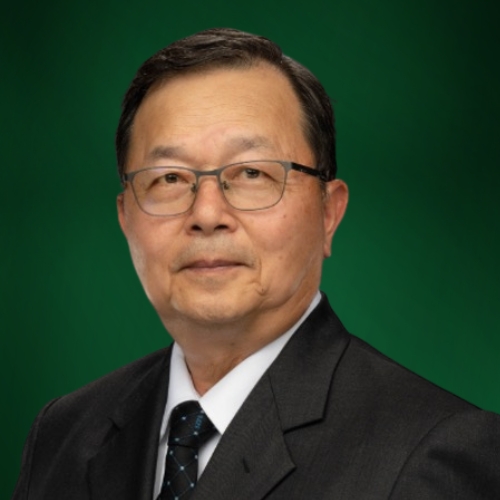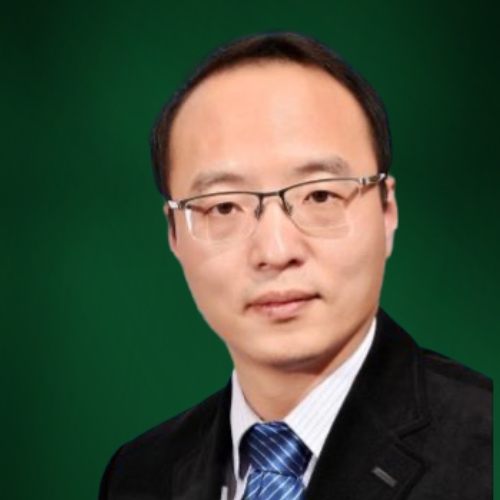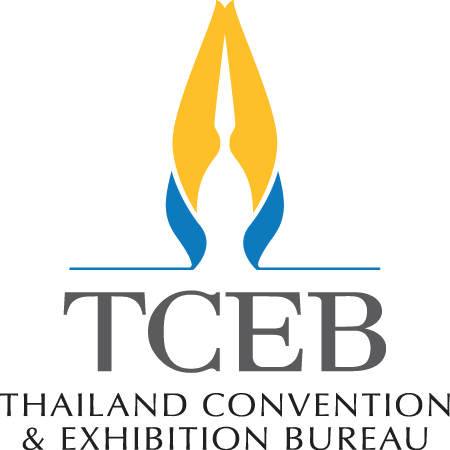KEYNOTE SPEAKERS

Dr. Wei-Jen Lee
The University of Texas at Arlington,
United States of America
Abstract
The 2018 Intergovernmental Panel on Climate Change (IPCC) Report highlighted that achieving the 1.5°C goal would necessitate the world reaching net zero carbon emissions by 2050. Following COP26, nearly 200 countries reached consensus on the Glasgow Climate Pact, aimed at constraining the global temperature rise to 1.5°C and finalizing key aspects of the Paris Agreement. At the onset of COP27, a year later, UN Climate Change Executive Secretary Simon Stiell urged the alignment of "every facet of human endeavor" with the 1.5°C objective, emphasizing the progression from agreement in Paris to planning in Katowice and Glasgow, with implementation now shifting to Sharm El Sheikh. During COP28, UN Secretary General Antonio Guterres asserted that achieving the 1.5°C limit hinges on ultimately ceasing the combustion of all fossil fuels, rather than merely reducing or mitigating emissions, but by phasing them out within a clear timeframe in alignment with the 1.5°C target.
Numerous industries are taking significant steps to achieve this objective. For instance, Apple has pledged to achieve 100 percent carbon neutrality for its supply chain and products by 2030, while other manufacturers have set similar targets. These initiatives are poised to revolutionize society as a whole.
According to the March 2023 IEA Flagship Report on CO2 Emissions in 2022, the power and heat sector contributed to over 42% of the global CO2 emissions. To decarbonize this sector, developers must evaluate their approaches for smooth transition. While planning for large-scale renewable energy projects, it is difficult to maintain stability and resilience of the power systems with phase out and replacement alone of traditional fossil fuel generation.
This presentation discusses the options of orderly transition from fossil fuel to low carbon emission energy resources future.

Dr. Ming Yang
Shandong University,
China
Ming Yang is a Professor with Shandong University and "Taishan Scholar" Distinguished Professor of Shandong Province, China. He was selected as the World's Top 2% Scientists of 2022/2023 released by Stanford University. He received the B.S. and Ph.D. degrees from School of Electrical Engineering, Shandong University, Jinan, China, in 2003 and 2009, respectively. From 2006 to 2007, he was an exchange Ph.D. student with Energy System Research Center, University of Texas at Arlington, Arlington, TX, USA. From 2015 to 2016, he was a Visiting Scholar with the Energy Systems Division, Argonne National Laboratory, Argonne, IL, USA. His major research interests include power system operation and scheduling, new energy generation forecasting. In the past 15 year, he has worked on more than 30 projects to solve the problems of the optimal integration of renewable energy into power systems, which are supported by the government, domestic and international companies. He has published four books and more than 150 peer-reviewed papers (with more 100 journal papers) that have more than 3800 citations. He won several prizes awarded by the People's Government of Shandong Province, Chinese Electrotechnical Society, etc. He serves as an associate editor/editor of IEEE Transactions on Power Systems/Power Engineering Letters/Industry Applications, Protection and Control of Modern Power Systems, IET Renewable Power Generation. He is the co-chair of IEEE IAS I&CPS Asia Operation Committee, founding chair of IEEE I&CPS ASIA, member of Grid Integration of Renewable Energy Generation Subcommittee of IEC (IEC SC8A), Deputy Director of National IOT Information Technology and Systems Engineering Experimental Teaching Center of China, and executive member of Intelligent Energy Standards Committee of Chinese Electrotechnical Society.
Abstract
The main task of the new power system is to build a high proportion of renewable energy supply and consumption system, the operation law of its source, network, load and storage is closely related to meteorological changes.
The operation and scheduling, planning and design, disaster prevention and reduction, and other aspects of the power grid all need to consider the influence of weather. The integration and development of the two disciplines of electricity and meteorology have become inevitable. We summarize the key technologies of numerical weather prediction from four aspects: meteorological observation, quality control, data assimilation, and numerical modeling. Meanwhile, typical application scenarios and methods of numerical meteorology are summarized from three aspects: source load power prediction, wind and solar resource assessment, and power grid disaster warning.
In addition, the unique requirements of the new power system for the accuracy, timeliness, and precision of numerical weather prediction are analyzed.
The key research directions for the integration and development of electricity and meteorology disciplines in the future are discussed in terms of data, mode, and platform construction, in order to provide reference for relevant theoretical research and practical applications.

Dr. Issarachai Ngamroo
King Mongkut's Institute of Technology Ladkrabang,
Thailand
Issarachai Ngamroo received the B.Eng. degree in Electrical Engineering from King Mongkut’s University of Technology Ladkrabang (KMITL), Bangkok, Thailand, in 1992. He received M.Eng and Ph.D. degrees in Electrical Engineering from Osaka University, Osaka, Japan in 1997 and 2000, respectively, under the Japanese Government Scholarship. He worked at Sirindhorn International Institute of Technology, Thammasat University, Thailand in 2000 until 2006. In 2007, he joined the Department of Electrical Engineering, School of Engineering, KMITL and was appointed Professor of Electrical Engineering in 2012. His research interests include power system stability, dynamics, and control. From his research contributions, he was conferred the KMITL Award for Outstanding Research 2015, KMITL Engineering Outstanding Alumni Award 2018, Senior Research Scholar Fellowship from the National Research Council of Thailand 2020, and World Ranking of Top 2% Most-Cited KMITL Engineering School Researchers 2023. He was the leader of the Senior Research Scholar Project of "Intelligent control-based smart renewables for power system stability enhancement" from 2020-2023 granted by the National Research Council of Thailand. He is a Senior Member of the IEEE.
Abstract
The devastating impacts of climate change force many countries to reach carbon-neutrality in 2050. Since the energy sector is one of the main sources of carbon emissions, renewable energy (RE) sources, electric vehicles (EVs) etc., have been significantly installed in electric power systems to lower the emissions. However, the high penetration of inverter-based RE such as wind and solar, as well as EVs causes adverse effects on power system stability. This presentation focuses on the stability issues and control challenges due to inverter-based resources for carbon-neutral power systems. Three main parts will be presented as follows. The first part introduces Thailand’s carbon neutrality pathway. The target, national energy plan, RE and EV situations, and stability issues will be clarified. Next, the power oscillations problem is provided as the second part. The wide area monitoring system by micro-phasor measurement units (μPMU) and power oscillation damping control will be proposed. Lastly, the third part presents a low system inertia problem and intelligent control of grid forming inverters.
















